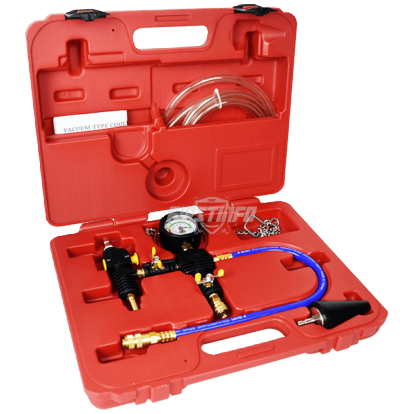

Some guides will be specific to early Diesels, some to late. These various W123 chassis models shared many components but also have some distinct differences.

There were also several gas engines across the range. 240D remained naturally aspirated throughout their entire run.

The OM616 2.4 liter diesel engines in the U.S. W123's were turbocharged (in other parts of the world a turbo charger remained an option). Afterwards, the OM617 3.0 liter diesel engines in U.S. Turbo diesel models will have "TURBODIESEL" on the rear of the car, but there is no designation between turbo and non-turbo in the model numbers.Įarly Diesel models offered in the United States, up to about 1981, were not equipped with turbochargers. It's good to remember that "TD" does not stand for turbo diesel and instead designates the touring models. A 200T is a 2.0 liter carbureted gas engine touring/station-wagon model that was not available in the U.S.A 300TD is a 3.0 liter diesel engine station wagon.A 240D is a 2.4 liter diesel engine sedan.The tool uses shop air to work and requires a compressor to supply about 90 psi of air pressure. That means it can both remove air from the cooling system and add coolant. If there is no "T" or "C" then it is a 4-door sedan. Also known as radiator vacuum tool, the coolant air lift tool is a type of cooling system purge and refill tool. "T" stands for touring, otherwise known as an estate or station-wagon. (73) Assignee: PACCAR Inc, Bellevue, WA (US) vacuum pressure and a source of coolant (e.g., a vacuum coolant filler) to a vehicular cooling system inlet port. If the tank is where your radiator cap is then you have an expansion tank and its part of the pressurized cooling system. If there is no "E" or "D" then it is a carbureted gas engine.Ĭhassis sub-type is designated with another trailing letter after the number. "E" stands for Einspritzung, which refers to fuel-injection on the gas engines. So a 280E has a 2.8 liter inline-6 cylinder engine.įuel type was indicated by the trailing letter after the number. Within the W123 chassis, as it typical for Mercedes of the era, cars were named after their engine size, fuel type, and chassis sub-type.Įngine size was designated by its displacement in liters. This OEMTools kit is less than $100 on Amazon.W123 is the internal chassis-designation Mercedes-Benz used for their executive line of cars, manufactured between 19. Using the vacuum fill process on newer cars is also a safer approach to reduce any callbacks from overheating issues. Mitigating the possibility of trapping air in the coolant system with the OEMTools 24444 is an easy step in the right direction. The system will continue to draw in the fluid until every void in the system is replaced with coolant. Next, open the valve to your coolant container and watch the good stuff flow. Watching the gauge on the airvac, continue to pull a vacuum until the needle reads 24. This draws air out of the coolant system, even collapsing the rubber coolant hoses. Plug the air hose into the venturi, then open the valves. Once you find the right bushing for the closest fit, just turn the large thumb-screw on the unit to expand the bushing. The kit includes at least 5 different rubber reducer bushings to ensure an air-tight seal on most vehicles. Using air pressure from a compressor and airline, the OEMTools system uses a venturi effect to draw a vacuum on the cooling system. The OEMTools 24444 makes allows you to vacuum fill your coolant system in just minutes. attached axisymmetric nozzle, a vacuum tank and a damping section. Check the cable from the motor to the Aux. With a complete vacuum on the system, the antifreeze is actually drawn/sucked into the system, rather than relying on gravity. the temperatures on the reservoir boundary R from a fixed coolant temperature Tc. Contamination of the lubrication and/or coolant systems of the machine will. This tool and process remove all the air from the system to start with before you add the new coolant.
#Maco vacuum coolant filler how to
We show you how to vacuum fill your coolant system with the OEMTools 24444. How To Vacuum Fill Coolant with OEMTools 24444


 0 kommentar(er)
0 kommentar(er)
